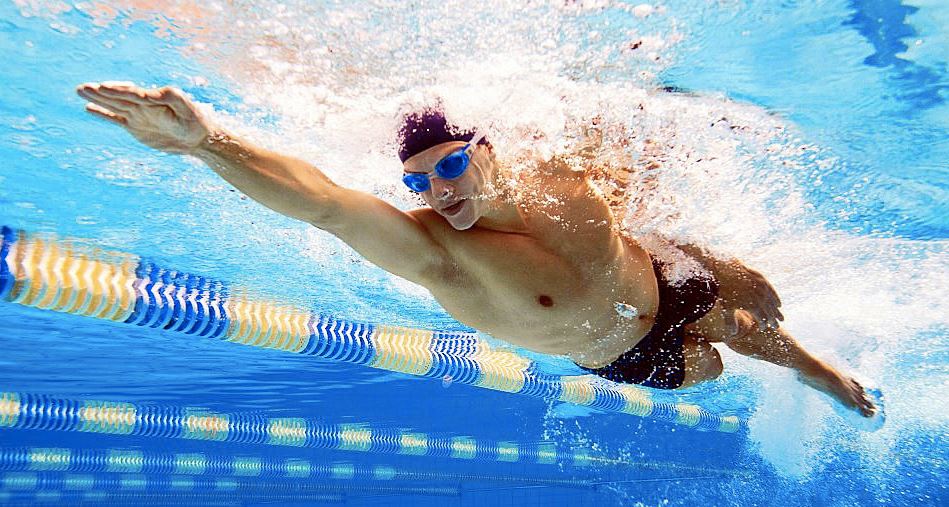With spring in the air and the weather starting to warm up there is a rise in outdoor activity in the Northern Beaches. A popular choice of activity amongst beaches residents is swimming which can be a great form of exercise.
However, swimming is not exempt from injuries. I have found people believe that swimming is a better choice if they are trying to avoid higher impact forces through their joints and body but we don’t need large forces to cause injury. The National Collegiate Athletic Association (NCAA) has found four shoulder injuries for every 1000 hours trained and shoulder injuries consist of 40-90% of all injuries in swimmers.
There are four main strokes during swimming which include, freestyle, butterfly, backstroke and breastroke. Freestyle is the most common choice of stroke to train and thus the shoulder injuries that are seen are a result of this form.
The issue with swimming is although it is low impact, high repetitions of the same movement can cause imbalances between the front and back of our shoulders. Swimmers end up having a very tight front shoulder and lax back shoulder. As the front of our shoulder starts to tighten and our hand enters the water it causes the shoulder to impinge on itself which can lead to repetitive strain on the tendons.
How To Avoid Swimming Injuries
Here we have put together a few tips on how to maintain your swimming technique to avoid injuries:
1. Limiting the increase in weekly training intensity to 20% of the previous week.
2. Rotator cuff strengthening
3. Pectoralis stretching
4. Shoulder mobility exercises
5. Scapular stabilisation exercises
If you would like more information or would like to book an appointment at Neurohealth Chiropractic – please call the clinic on 9905 9099 or email us admin@neurohealthchiro.com.au or fill in the contact form from our website www.neurohealthchiro.com.au
Sign up to receive Neurohealth Chiropractic’s Free monthly health newsletter on the Right Hand Side of this page. Filled with great information and lots of easy health tips to keep you at Optimal Health!




